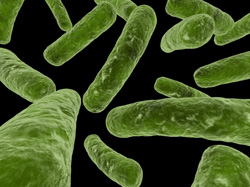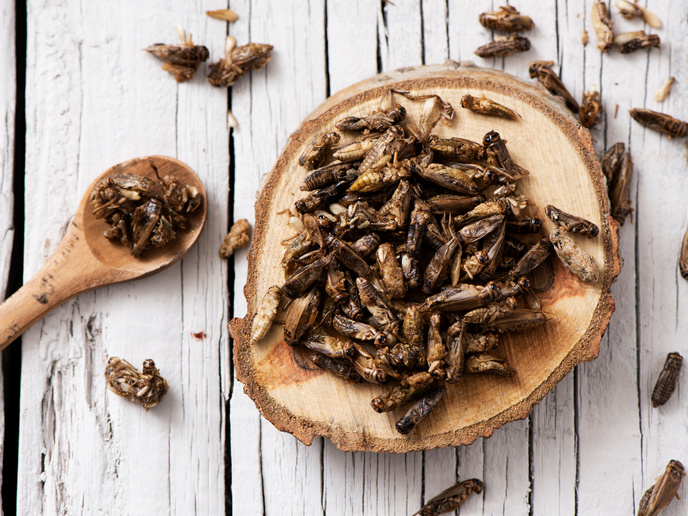Mutant bacteria underlying chronic infections
A common bacterium found in soil, water and skin, PA has the ability to infect both animals and humans. Bacterial spreading to vital organs such as the lungs causes acute and chronic respiratory infections. Particularly in patients with underlying diseases such as cystic fibrosis, PA infection can often prove fatal. PA forms isolated from patients with respiratory infections demonstrate a change in pigment formation from yellow-green to brown, indicating some sort of genetic change. Indeed, clinical PA isolates show chromosomal deletions compared to their normal counterparts. Deleted genes have been found, among other things, to alter bacterial chemotaxis, metabolism and resistance to antibiotics. Seeking to study these genes further and how they enhance virulence in patients, the EU has funded the ‘Adaptation of Pseudomonas aeruginosa to the human host during chronic infections’ (PACI) project. Scientists sequenced the mutated genes and subjected the mutant bacteria to over 950 different growth conditions. Results so far have shown that these brown pigment-producing clinical isolates exhibit new metabolic properties and a better fitness than their isogenic counterparts. Additionally, they are more susceptible to aminoglycoside-based antibiotics and more resistant to the toxin pyocin AP41. Characterisation of clinical PA isolates in the PACI study will determine how certain mutations contribute to bacterial adaptation in cystic fibrosis airways causing chronic infections. Understanding how these mutant PA forms modify their normal physiology and virulence strategies will help in the design of new therapeutic strategies for the treatment of chronic infections.







